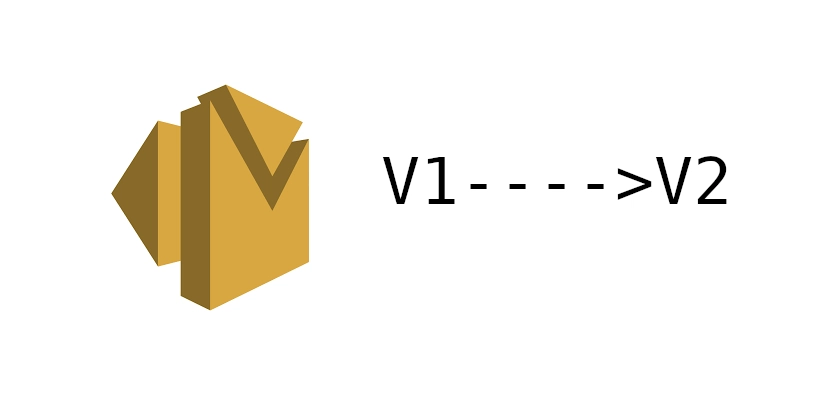
Effortless Email: A Simple Guide to Migrating from Amazon SES API V1 to V2
Want to take advantage of Amazon SES's latest features, like sending email attachments directly? Migrating from the legacy V1 API to V2 can unlock these capabilities. This guide provides a step-by-step approach to simplify your migration process, including code examples and troubleshooting tips.
Why Upgrade? Key Benefits of Amazon SES V2 API
While V1 served its purpose, V2 brings improvements that can streamline your email sending process and unlock new functionality:
- Send Attachments: Embed files directly in your emails, eliminating the need for temporary public links. A practical solution for sending PDFs, reports, or other documents.
- Enhanced Security: Leverage updated security protocols for safer email transmissions.
- Improved Performance: Experience potentially faster email sending speeds.
Step-by-Step Guide to Migrating to Amazon SES V2
Migrating involves updating your SDK, adjusting your code, and testing the new implementation. Here's how to do it:
1. Install the New SDK and Remove the Old
Update your project's dependencies to use the V2 SDK and remove the V1 SDK by updating your .csproj file. For .NET projects, replace the old package reference with the new one:
2. Update Your Code References and Dependencies
Refactor your code to use the new V2 classes and interfaces:
- Update Usings: Change the namespaces to use the V2 versions.
- Register the V2 Service: Modify your dependency injection configuration.
- Update Client Instantiation: Adapt how you create the SES client.
3. Testing and Optimization Considerations for Sending Attachments with Amazon SES V2
After migrating Amazon SES APIs to v2, it’s crucial to test thoroughly. In this example the migration to the V2 API revealed performance impacts, particularly increased execution duration and memory usage. Here are some common issues you may encounter:
-
Blank Pages in PDF Attachments: Check for metadata loss during file upload and processing. This can occur due to incorrect file handling, encoding issues, or compatibility problems between libraries. As a quick fix, try reopening the file from your local file system and uploading it again. If the the issue comes back you might need to use a different library for handling pdfs or adjust your processing.
-
Performance Bottlenecks: Sending attachments can significantly increase execution time and memory usage.
- Increased Lambda Duration: Sending attachments meant an increase in Lambda duration due to downloading the PDF file. Moving the attachment operation to a separate service or optimizing file reuse might be necessary.
- Increased Memory Usage: Increased memory consumption, as the service now downloads the whole PDF file. Reusing the merged file or moving the workload to another service are potential solutions.
Optimizing Your Amazon SES V2 Implementation
Here’s how you can fine-tune your setup:
- Evaluate Attachment Handling: Optimize how you manage attachments to reduce resource consumption.
- Monitor Performance: Track execution time, memory usage, and error rates.
- Consider Alternative Workflows: Explore options like processing attachments in a separate service to minimize the impact on your main application.
- File optimization: You can reduce your file size using open source PDF compressors to reduce the upload size and in turn, decrease cost and time.
By following these steps, you can successfully migrate to the Amazon SES V2 API and take advantage of its enhanced features, including sending attachments to your e-mails. Remember to test thoroughly and optimize your implementation for the best performance and reliability.

